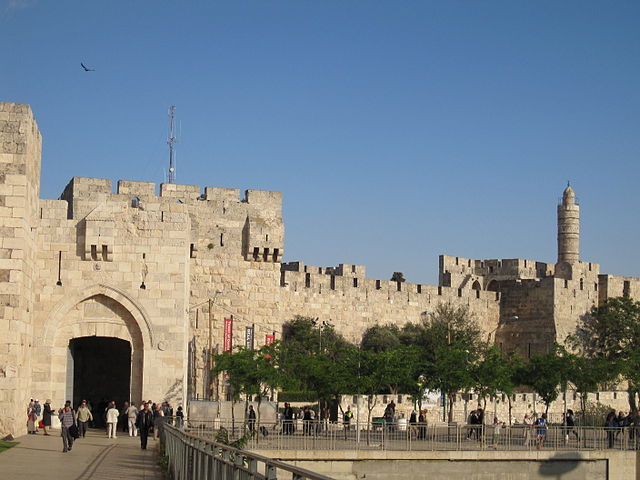
On the southeastern shore of the Mediterranean Sea lies a unique, cosmopolitan and diverse city that never seems to rest. Tel Aviv is the place where in 1948 the state of Israel was proclaimed, and today it remains the country’s business, finance, and cultural capital, a bustling metropolis with a knack for mixing old and new with grace. Especially if you come after visiting other parts of Israel such as Jerusalem, the trouble and strife of the Middle East can feel worlds away. Here the vibe is energetic and progressive, and in fact in recent years the city has become something of a focal point for young entrepreneurs launching innovative businesses à la Silicon Valley.

It’s the latest expression of a forward-thinking, pioneering spirit that reaches back to the city’s 1909 founding next to the ancient city of Jaffa, which it ended up swallowing. In the 1930s, Jewish architects from Germany gave the city much of Tel Aviv’s current configuration, notably featuring its “White City,” some 4,000 structures built in that era’s Bauhaus style (above) which in 2003 were granted UNESCO World Heritage status. Other areas not to be missed include main drags like Rothschild Boulevard (with some of the most historic, powerful, and luxurious addresses in Israel), and Dizengoff Street (a haven of upmarket shopping). You have to get a whiff of the fresh air and lovely open spaces of impressive Yarkon Park, larger than New York City’s Central Park, and soak up the knowledge and culture in institutions such as the Eretz Israel Museum and the Tel Aviv Museum of Art, the latter including master works by Modigliani, Cézanne, and Monet. Visiting city street markets like Carmel, Hatikva, Levinsky, and Shuk Bezalel, is a marvelous way of exploring local life – and the last one in particular has become a haunt of younger hipsters, as has the village-like neighbourhood of Neveh Zedek, filled with charming lanes, architecture, and newly fashionable spots.
The old town, Jaffa, is a relative oasis of tranquility more than 3,000 years old, through whose ancient stone lanes and plazas the Jewish, Muslim, and Christian are intertwined. Must-sees include the Clock Tower, built at the dawn of the 20th century; the 1812 Mahmoudiya Mosque and the fountain of Suleiman; the Mahmud Palace; the Roman amphitheatre; the Church of St. Peter; and Kedumim Square. Below you’ll find the lovely port, and beyond that, the sea and golden beaches of Tel Aviv (Banana Beach being a particularly good choice).

Once the sun goes down the nightlife is vibrant and varied. You’ll want to mix it up with the locals beneath the skyscrapers in the the bars and eateries along the seafront boulevard, where you can sample not just yummy Middle Eastern food such as hummus, couscous, and falafel, but also an impressive international menu. Then it’s on to Yad Harutzim Street for some mad clubbing Tel Aviv-style at a variety of venues for almost any and every taste. Pace yourself, though. You’ll want to be able to keep up with this city that never seems to rest.
Useful Data
- Tel Aviv has just over 414,000 inhabitants.
- The climate is Mediterranean, with hot summers and pleasant but humid winters.
- The currency is the new shekel.
- Flights: from Spain, from the USA.
Images | Utrecht1, Sambach, Yoninah

